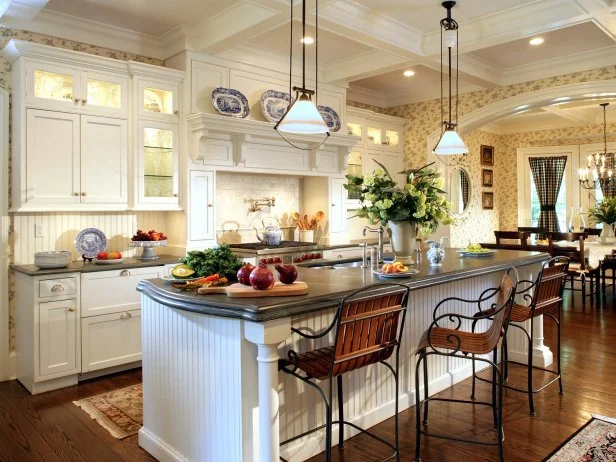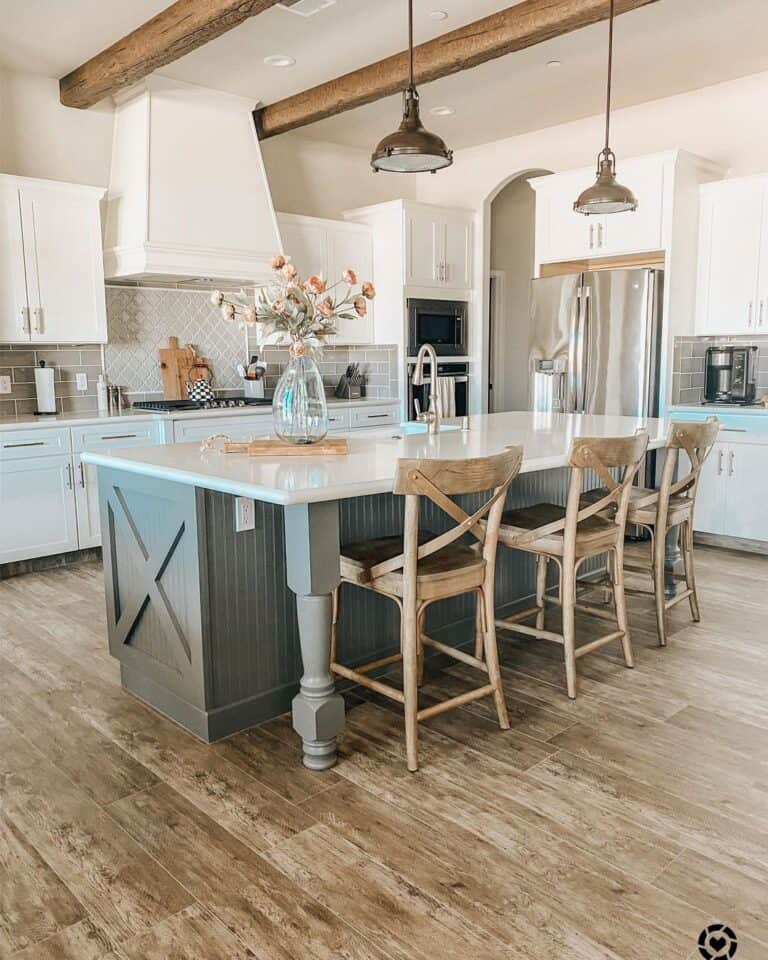Upgrade Your Kitchen's Visual with Premium Legs For Kitchen Island
Trick Factors To Consider for Discovering the very best Legs For Cooking Area Island for Your Style
When picking the perfect legs for your kitchen island, numerous vital considerations come into play that can dramatically influence both functionality and appearances. The choice of material, design, and elevation need to straighten with your total kitchen design to guarantee an unified appearance.
Determine Your Design Choice
Establishing your design preference is essential when choosing the suitable legs for your cooking area island. The legs of your kitchen island not only serve a functional purpose but also add significantly to the overall visual of the room. Recognizing your design style-- be it modern-day, rustic, conventional, or commercial-- is vital.
For a modern-day kitchen area, consider streamlined, minimalistic legs that match open spaces and tidy lines. Traditional cooking areas typically prefer turned or luxuriant legs, which can add a touch of style and class.
Furthermore, think about the elevation and percentage of the legs in relationship to the island's surface area. Ultimately, your style preference will influence not just the option of legs but also the overall consistency of your kitchen's style.
Choose the Right Material
Selecting the ideal product for your kitchen island legs is critical in guaranteeing both toughness and visual charm. Various materials use unique advantages, and the option commonly shows your style preferences and functional requirements.
Wood is a popular selection, giving heat and adaptability. It can be discolored or painted to match your kitchen decor, making it versatile to numerous designs, from rustic to contemporary. Timber might need regular upkeep to protect its appearance and honesty.

If you look for an unique touch, think about acrylic or glass products. They can develop an illusion of area and agility in your cooking area, making them an outstanding selection for smaller sized areas - Legs For Kitchen Island. These choices may require cautious handling and upkeep to stay clear of scratches.
Eventually, the product you choose must line up with your cooking area's total design, making certain that the legs offer both ornamental and useful functions.
Consider Height and Percentages
When making a cooking area island, elevation and percentages play an essential function in guaranteeing functionality and comfort,. The basic height for a kitchen island generally ranges from 36 to 42 inches, aligning with standard counter elevations or bar elevations, respectively. This dimension is vital for integrating with bordering counter tops and stools, making it possible for simplicity of use during dish preparation and social interactions.
Furthermore, the island's proportions need to complement the total kitchen area format. Think about the proportion between the island's size and length, guaranteeing it offers ample surface area without crowding the cooking area.
Additionally, the elevation of the legs or base can affect the aesthetic charm and functionality. Taller legs might provide a more have a peek at this site modern, airy feeling, while shorter ones can stimulate a typical, grounded look. Inevitably, meticulously taking into consideration elevation and percentages will result in a cooking area island that is both functionally efficient and aesthetically enticing, enhancing the general layout of the space.
Assess Stability and Durability
A kitchen area island's legs need to not just complement its height and percentages yet also supply ample stability and sturdiness to sustain day-to-day activities. The legs are necessary to the total capability of the island, as they bear the weight of the countertop and any type of extra tons, such as devices or cooking jobs.
When assessing stability, it is important to think about the leg style and product. For example, tough steel or strong wood legs often offer exceptional stamina compared to lighter materials like engineered wood or plastic. Furthermore, a broader base can improve stability, decreasing the risk of wobbling or tipping throughout usage.
Longevity is just as vital; the legs need to withstand deterioration from daily use. Consider coatings that shield versus scratches, damages, and dampness, particularly in a kitchen area environment. Assess the high quality of building, such as fastenings and joints, which can considerably influence the legs' lasting performance.
Eventually, spending in well-crafted legs that focus on stability and longevity will certainly guarantee your cooking area island stays a reputable workspace for years to find, enhancing your culinary experiences while maintaining aesthetic allure.
Consider Upkeep and Treatment
Upkeep and care are important considerations for guaranteeing the long life and performance of kitchen island legs. When choosing legs, it is necessary to examine the products utilized, as various alternatives require differing levels of upkeep. As an example, wooden legs discover here may call for periodic refinishing or securing to prevent wetness damages and scrapes, while metal legs might require regular polishing to preserve their sparkle and prevent rust.
Furthermore, the coating related to the legs can influence maintenance demands. A high-gloss finish might be easier to clean however might reveal finger prints and scrapes quicker than a matte coating. It is advisable to choose materials and coatings that enhance your lifestyle; for instance, if you regularly hold gatherings, select durable products that can withstand wear and tear.
Furthermore, think about the cleaning procedure involved in preserving these legs. Smooth surface areas frequently require marginal initiative, while detailed styles may collect dirt and crud, necessitating more labor-intensive cleansing methods. Legs For Kitchen click here for more info Island. Ultimately, considering the upkeep and treatment required for your selected kitchen area island legs will certainly not only enhance their visual allure however likewise ensure their useful honesty gradually
Final Thought
To conclude, selecting the optimum legs for a cooking area island demands cautious consideration of numerous aspects, including design style, product option, security, height, and maintenance. Each component plays an important role in making certain that the legs not only enhance the visual appeal of the cooking area however also offer the necessary assistance and sturdiness for everyday usage. A well-informed choice will eventually add to a practical and aesthetically pleasing kitchen area setting.
The legs of your kitchen area island not just serve a useful function yet likewise add considerably to the total aesthetic of the room.Maintenance and treatment are essential factors to consider for ensuring the long life and efficiency of cooking area island legs. Wood legs might require regular refinishing or sealing to protect against wetness damages and scratches, while metal legs may need normal brightening to keep their sparkle and protect against corrosion.
Ultimately, factoring in the maintenance and treatment needed for your picked kitchen area island legs will certainly not just boost their visual charm but additionally guarantee their functional honesty over time.
